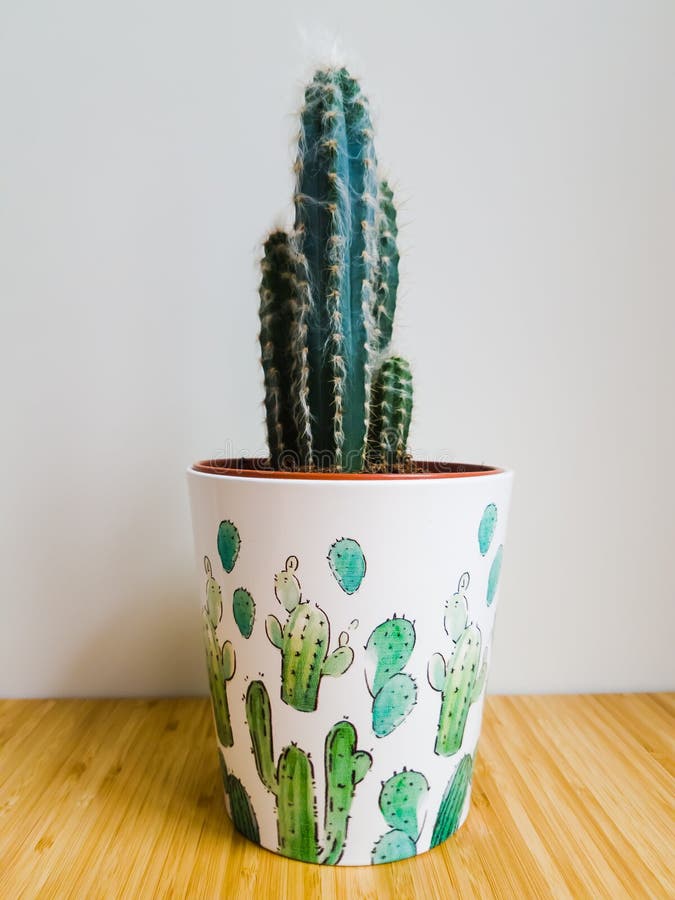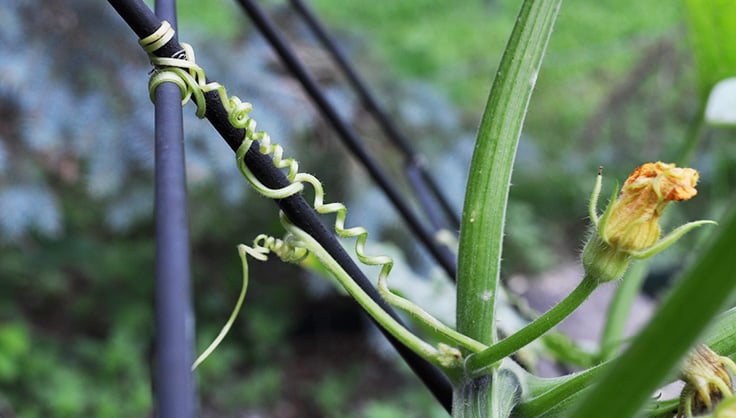

2 The risk of puncture wounds and retained foreign bodies increases in warmer seasons or climates because of bare skin and outdoor recreation. The authors of one study involving patients injured by broken glass found retained glass in 15 percent of wounds. 1 Retained foreign bodies are not common. In the United States in 1999, there were 8.2 million emergency department visits for open wounds.

Puncture or impalement injuries are common. This article is limited to objects that have penetrated the skin. Tetanus prophylaxis is necessary if there is no knowledge or documentation of tetanus immunization within 10 years, including tetanus immune globulin for the person with a dirty wound whose history of tetanus toxoid doses is unknown or incomplete.įoreign bodies may be retained in the body through many mechanisms, including ingestion, placement in bodily orifices, and surgical errors. If a patient presents with an infected wound, the possibility of a retained foreign body should be considered. In most cases, antibiotic prophylaxis is not indicated. These should be treated with plain water irrigation and complete removal of retained fragments.

Injuries at high risk of infection include organic foreign bodies or dirty wounds. It is wise to set a time limit for exploration and to have a plan for further evaluation or referral. Radiography may be used to locate foreign bodies for removal, and ultrasonography can be helpful for localizing radiolucent foreign bodies. The presence of wood or vegetative material, graphite or other pigmenting materials, and pain is an indication for foreign body removal. Wounds with a foreign body sensation should be evaluated. Although puncture wounds are common, retained foreign bodies are not.


 0 kommentar(er)
0 kommentar(er)
